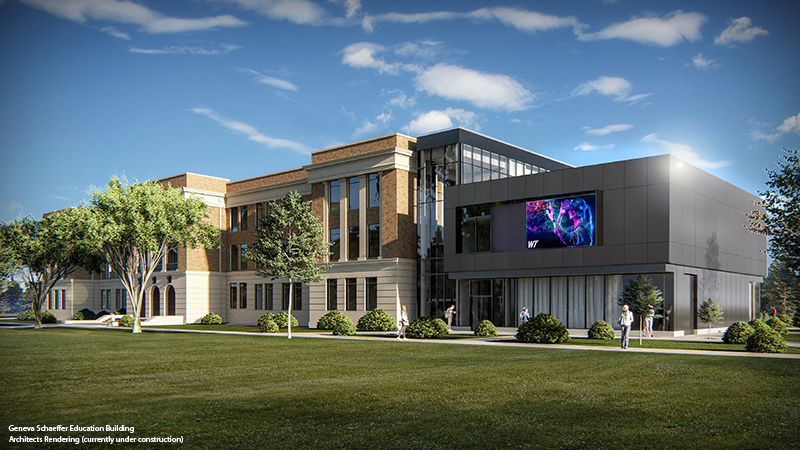
Originally posted on June 19, 2009, a decade and one half ago, but still as fresh as a cool afternoon in June in the Texas Panhandle. Updated modestly here.
There was a cloister of monks that made wooden bowls from green, uncured lumber. The bowls are very beautiful but they immediately begin to crack as the wood dries out and shrinks, as drying wood is prone to do. This is no surprise to the monks. When the cracks occur, the monks very carefully begin a process of repair. The repairs are made with a type of white plaster, and as the plaster sets, the bowls are sanded and rubbed smooth again. And again. And again. And again. The white plaster against the blood-black wood makes traces and lines that look like river systems, arteries and veins. The bowls are things of absolute beauty. They do not look broken or like they have ever been fixed.
This process is a radical combination of planned obsolesce and deferred maintenance.
Our culture disdains maintenance. People want things new, clean and neat. However, it is common that those things that are maintained take on the character possessed in the heart of the workers. You need not be an aficionado to appreciate the beauty in it.
Universities across the nation suffer from scant funding and the strong heart to perform deferred maintenance. Not much glory in repair.
A new building can easily and appropriately support a plaque that proudly proclaims it to be The John Smith Memorial Hall.
Can you imagine The John Smith Memorial Roof Patch?
The photo opportunities that are available when a new building is completed draw elected officials like a golfer in back swing during a lightning storm to attract electricity. Pictures of elected officials at groundbreakings abound. A shot of the painters, after they have refinished the wood windows that have thirsted for that coat for twenty years, cannot be found.
For our students, the purpose of the whole escapade, the opportunity to watch stewardship in action, is a form of education—accentuated loudly by a society that largely disparages it, sometimes tolerates it, but never sees it like those monks. It is an art form that a university and its students should aspire to.
Many of the people on university campuses who want to hold onto the “old buildings” are seen as backward-looking, rather than future-focused. While that is possible, I frequently find those who want to look back positively do so as a way to frame a future.
At Southern Illinois University I used to work in one of those old buildings that have, embedded in it, a history. In its heyday, its genesis was Home Economics, from the head, heart and hand of Professor Eileen E. Quigley. Home Economics is not cool anymore. It is not “in”. At one time, by the look of what this building was, it was about the coolest thing in the world. The building was beautiful in a mid-nineteenth-century modern way. Delyte W. Morris, then Chancellor of SIU, would not have it any other way. Now, it continuously cries out for the hand of the monk, like so many buildings on so many campuses.
When I look at West Texas A&M University, I see a lost art but know that at the time of the original conception, it was high art. Passion at work. Like great scholarship and emotionally charged teaching. The “Old Education Building” is being transformed into the “New Education Building” and is named in honor of a great educator of the Texas Panhandle, Geneva Schaeffer.
How to balance the complexities of building a modern research university is not a task for the faint at heart. We need to see the campus as a wooden bowl, and when it cracks, we need to fix it. Not because it is broken but because a heartfelt fix begets beauty. Ralph Waldo Emerson said, “I see my trees repair their boughs.”
At West Texas A&M University, the fix needs to be “in.” And, I believe it is.
Walter V. Wendler is President of West Texas A&M University. His weekly columns are available at https://walterwendler.com/.







